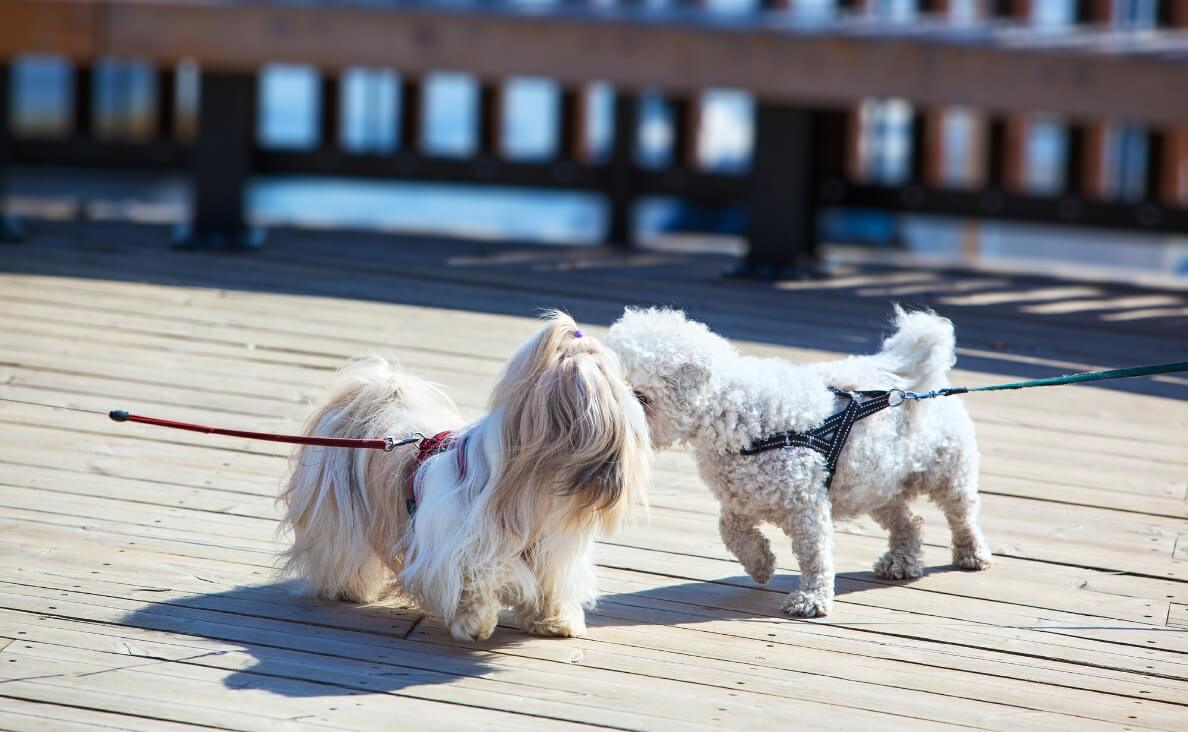
Introducing dogs to each other can be an exciting but crucial process to ensure a harmonious and safe environment for your furry friends. Whether you’re bringing a new dog into your home or arranging playdates, understanding the dynamics of dog introductions is essential. This comprehensive guide will discuss the step-by-step process of introducing dogs and provide valuable tips to make the process smoother.
Prepare to Introduce Dogs to Each Other
Before you introduce dogs, there are several important steps you need to take to ensure a successful interaction.
-
Assess Your Dog’s Personality
Understanding your dog’s temperament is key to a successful introduction. Assessing your dog’s personality is a crucial first step when preparing to introduce them to another canine companion. Just like humans, dogs have distinct personalities, and understanding your dog’s temperament is key to a successful introduction. Some dogs are naturally outgoing and sociable, while others may be more reserved or even anxious in new situations. By observing your dog’s behavior in various contexts and around different people and animals, you can gain valuable insights into their disposition. This knowledge will guide you in selecting the most suitable approach and environment for introducing them to another dog, ensuring a smoother and safer interaction for both furry friends.
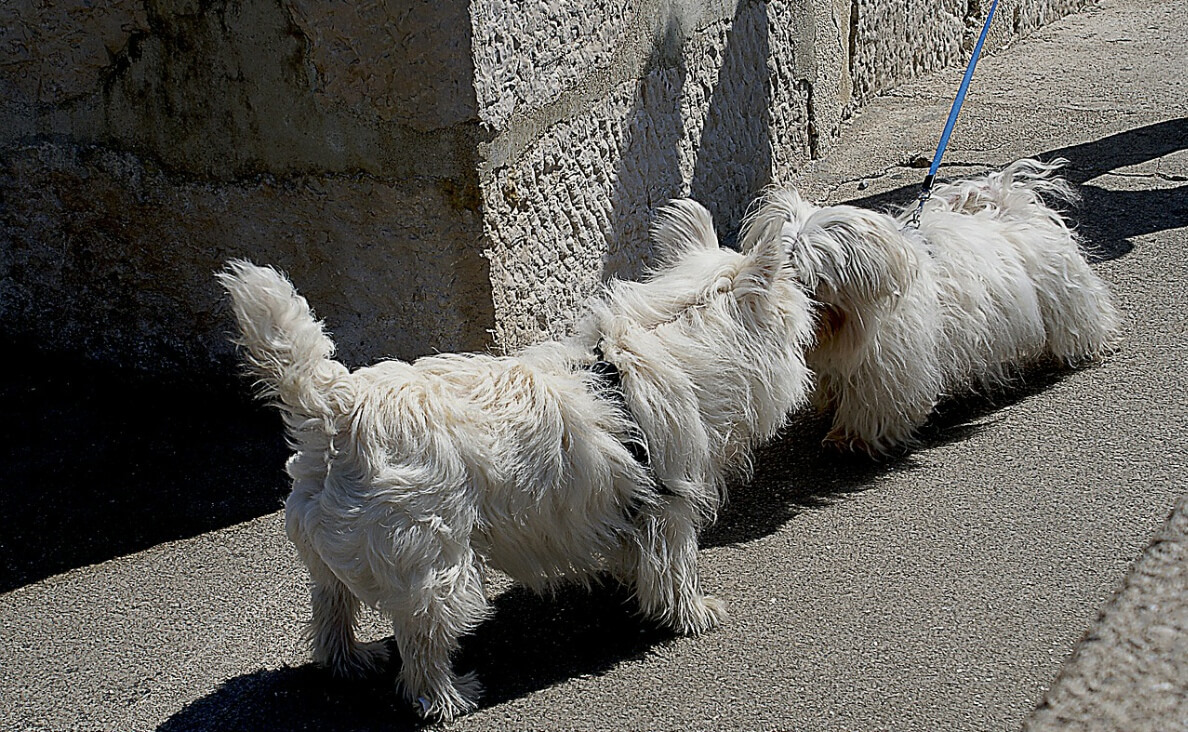
-
Choose the Right Location
Selecting a neutral and controlled environment can make a significant difference. Choosing neutral ground for introducing dogs is a fundamental strategy to facilitate a positive and stress-free initial interaction. This neutral territory is unfamiliar to both dogs, devoid of territorial associations or dominance disputes. Ideal places for such introductions include local parks, open fields, or even a friend’s yard, as long as neither dog has prior ownership or extensive experience in the area. The concept behind neutral ground is to level the playing field, allowing both dogs to approach each other without the anxiety of defending their territory. This setting helps reduce the likelihood of aggressive or defensive behaviors, creating a more relaxed atmosphere that promotes a harmonious first meeting between the two dogs.
-
Gather Essential Supplies
Have leashes, treats, and a crate ready for the introduction. When preparing to introduce two dogs, gathering the right equipment is essential for ensuring a safe and controlled interaction. First and foremost, you’ll want to have sturdy leashes for both dogs. These leashes will allow you to maintain control and separate the dogs if necessary, during the introduction. Additionally, having a well-fitting harness for each dog is a good idea, as harnesses can provide better control and prevent injury compared to collar attachments. Treats and toys can also be helpful tools for rewarding good behavior and diverting their attention when needed. Finally, a crate or baby gate can be valuable to create a secure separation between the dogs initially, allowing them to see and sniff each other without direct contact. Properly equipping yourself for the introduction process can significantly contribute to a smooth and successful meeting between your furry companions.
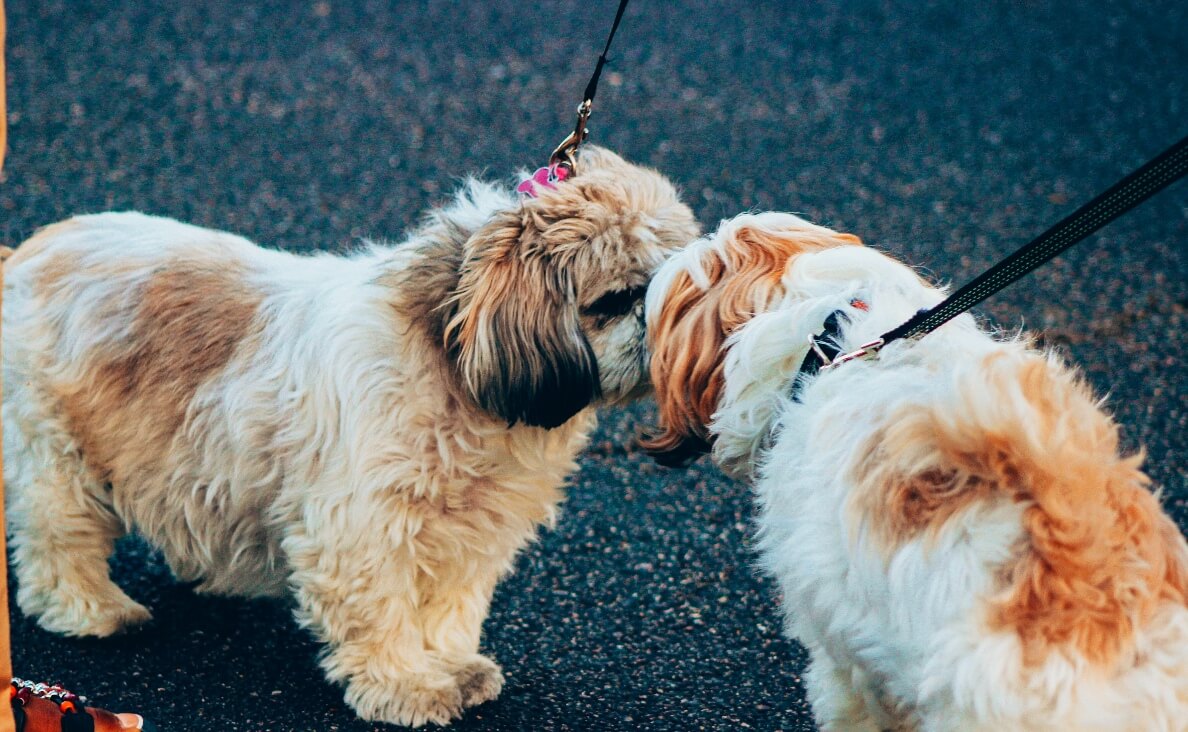
Meet on Neutral Ground
Introducing dogs on neutral territory is a crucial first step. This approach minimizes territorial aggression and helps dogs feel more at ease.
-
Select a Neutral Location
Parks or open areas away from home are excellent choices. Selecting neutral locations to introduce two dogs is crucial for creating a comfortable and stress-free environment for their first meeting. Neutral locations are unfamiliar to both dogs, devoid of territorial associations or pre-existing dominance dynamics. Popular choices include local parks, open fields, or even a friend’s yard, provided neither dog has a strong prior connection to the area. By choosing such neutral ground, you minimize the chances of territorial aggression and allow the dogs to engage without the pressure of defending their space. These neutral settings help promote a more relaxed and harmonious initial interaction, making it easier for the dogs to get acquainted and potentially form a positive bond.
-
Use Leashes
Keep both dogs on leashes to maintain control. Leashes are indispensable tools when introducing two dogs for several important reasons. Firstly, leashes provide control, allowing owners to manage the distance and movement of both dogs during the introduction. This control is vital for preventing any sudden or unwanted interactions, especially if one or both dogs exhibit signs of fear or aggression. Secondly, leashes act as a safety measure, enabling quick intervention if tensions arise, which can be crucial in diffusing potential conflicts before they escalate. Furthermore, leashes offer a sense of security to the dogs themselves, as they know they are tethered to their owners, reducing anxiety and promoting a more relaxed initial encounter. In essence, leashes are a key element in ensuring a controlled, safe, and successful introduction between two dogs, enhancing the chances of a positive and harmonious interaction.
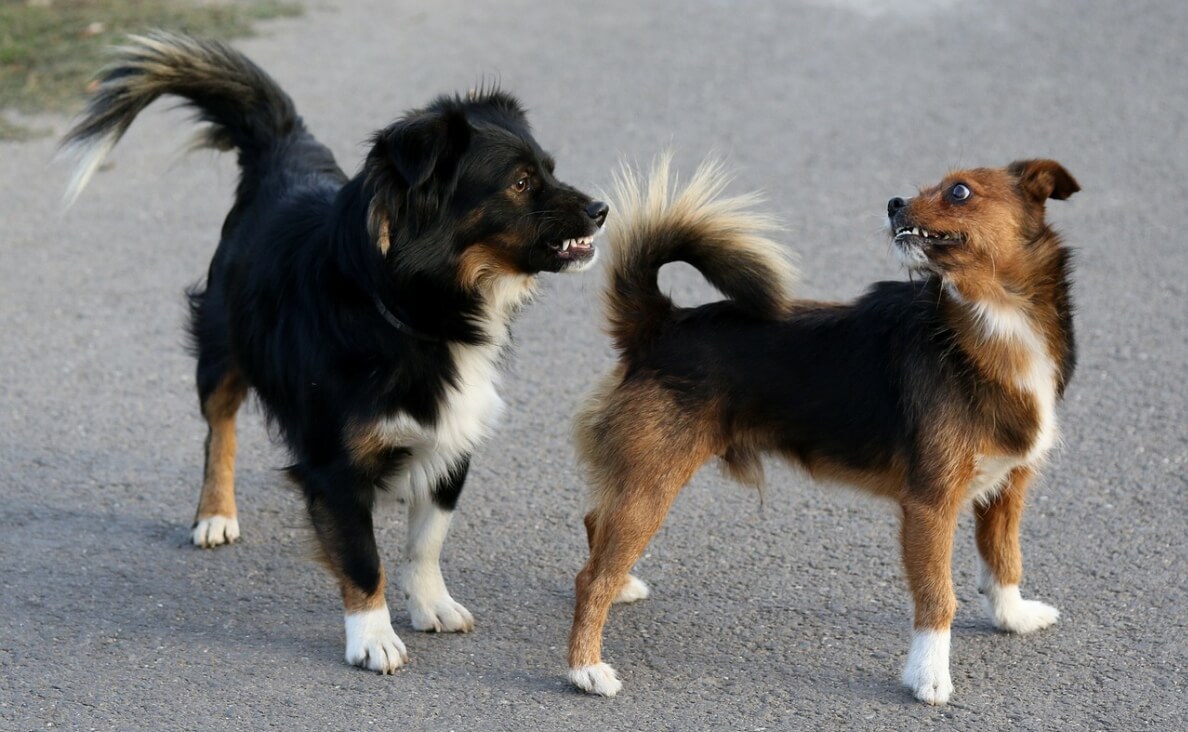
-
Observe Body Language
Pay close attention to their body language for signs of stress or aggression. When introducing two dogs, paying close attention to their body language is paramount for a successful and safe interaction. Look for signs of both stress and comfort in each dog. Signs of stress may include stiff posture, raised hackles, growling, baring teeth, or excessive lip licking. Conversely, signs of comfort and friendliness include loose, wiggly body movements, relaxed tails, and playful behaviors like play bows. Observing these cues in both dogs is crucial to gauge their emotional states and intervening promptly if you notice any signs of tension or aggression. Additionally, keep an eye on their eye contact, as direct and prolonged staring can be a sign of challenge or discomfort. By being vigilant and understanding canine body language, you can create a safe and enjoyable environment for the dogs during their introduction.
The Initial Introduction
The first face-to-face meeting should be carefully orchestrated to ensure a positive experience for both dogs.
-
Approach Slowly
Walk towards each other at a comfortable pace. Approaching slowly when introducing two dogs is a key strategy to set the stage for a positive interaction. Rushing into a meeting can increase tension and anxiety in both dogs, potentially leading to fear or aggression. By taking your time and approaching gradually, you allow the dogs to assess each other from a safe distance, reducing the likelihood of startling them. This slow approach also provides you with a better opportunity to observe their body language and gauge their reactions. It’s essential to remain calm and patient during this process, as your demeanor can influence the dogs’ behavior. Allowing the dogs to approach each other at their own pace promotes a more relaxed atmosphere and increases the chances of a successful and harmonious introduction.
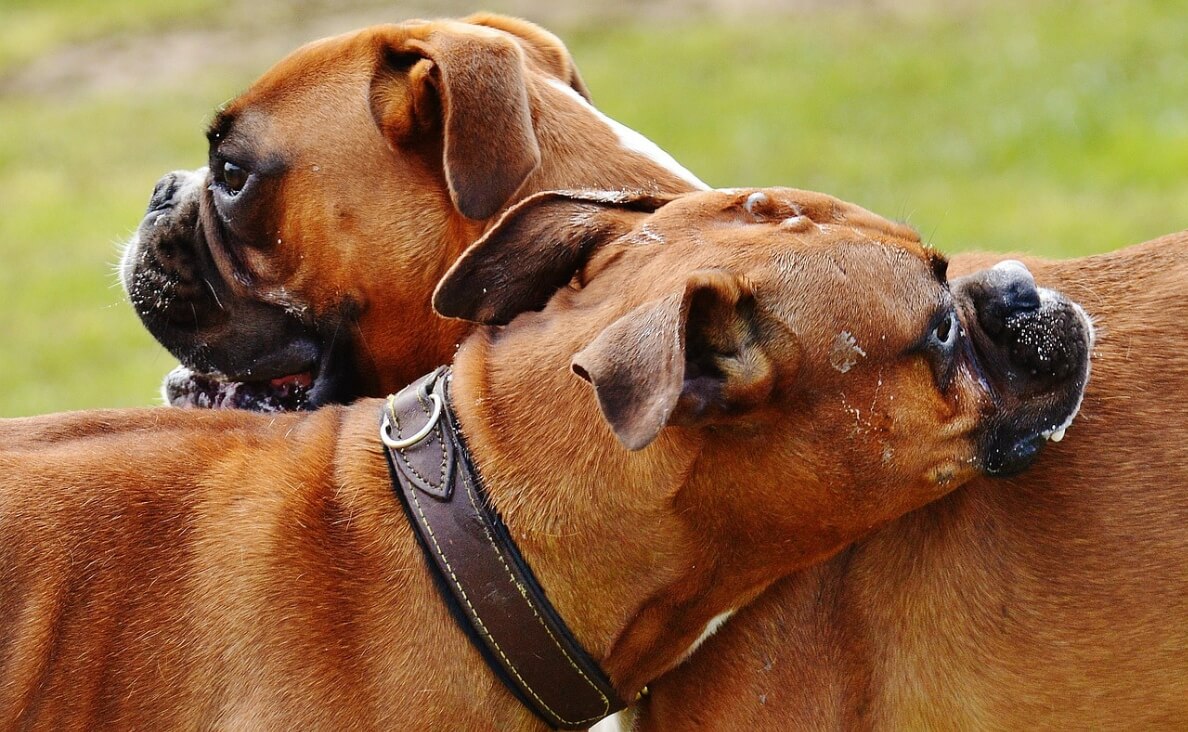
-
Allow Sniffing
Dogs greet each other through sniffing; let them do so. Allowing sniffing when introducing two dogs is a natural and important part of their initial interaction. Dogs rely heavily on their sense of smell to gather information about each other, and sniffing is their way of saying “hello” and getting to know one another. It’s a non-confrontational and non-threatening behavior that helps them exchange valuable social cues and establish a level of familiarity. When dogs are allowed to sniff each other, it can reduce tension and anxiety, making the meeting more comfortable. Owners need to be patient and let this process unfold naturally, as it helps build a foundation of trust between the dogs. So, when introducing two dogs, don’t rush the sniffing phase; instead, let them engage in this important ritual to foster a positive start to their relationship.
-
Stay Calm
Maintain a relaxed demeanor to help your dogs feel at ease. Staying calm when introducing two dogs is a crucial aspect of ensuring a successful and stress-free meeting. Dogs are highly attuned to human emotions, and they can pick up on their owner’s anxiety or nervousness. If you appear tense or anxious during the introduction, it can be transmitted to the dogs and create a more apprehensive atmosphere. On the other hand, maintaining a calm and composed demeanor sends a reassuring signal to your pets, helping them feel more at ease in the unfamiliar situation. By staying calm, you set a positive tone for the introduction, encouraging the dogs to approach each other with greater confidence and reducing the chances of any negative reactions. So, remember that your own demeanor plays a significant role in shaping the dogs’ initial interaction, and staying calm can greatly contribute to a smoother and more successful introduction.
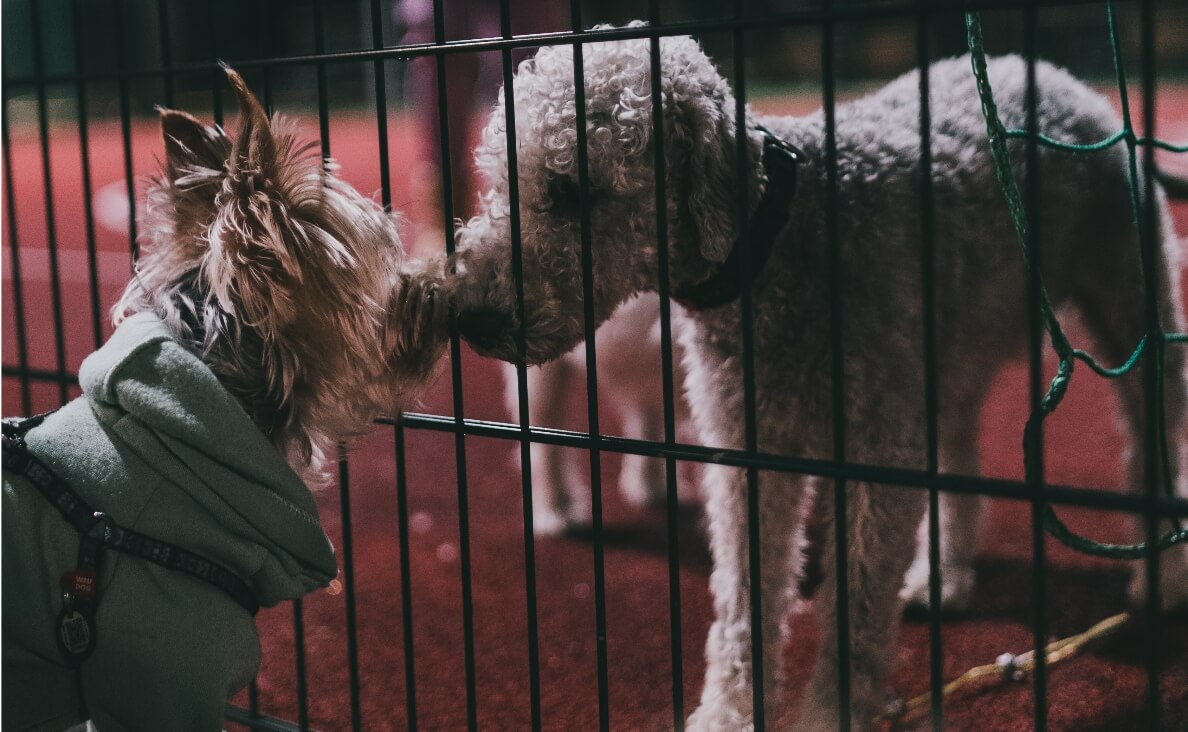
Introducing Dogs at Home
If you’re bringing a new dog into your household, these steps are crucial for a smooth transition.
-
Use Crates and Gate
Create separate spaces initially and gradually increase their interaction. Using crates and gates is a valuable strategy when introducing two dogs, especially if you’re bringing a new dog into your home. Crates provide a secure and controlled space for each dog, allowing them to see and sniff each other without direct contact. This initial separation helps both dogs become accustomed to each other’s presence while ensuring their safety. Baby gates can be used to create physical barriers between the dogs, gradually reducing the separation as they grow more comfortable with each other. These tools prevent unwanted confrontations and allow you to observe their reactions and body language without risking a sudden conflict. Gradually easing the dogs into each other’s presence through crates and gates is an effective way to foster a positive relationship and can be a crucial step in the introduction process.
-
Supervise Closely
Monitor their interactions closely, especially during the first few weeks. Supervising closely when introducing two dogs is of utmost importance for their safety and well-being. Even if both dogs have shown friendly behavior in the past, initial meetings can be unpredictable. By keeping a vigilant eye on their interactions, you can quickly intervene if signs of tension or aggression arise. Being close at hand allows you to assess their body language, monitor their behavior, and control the situation if needed, ensuring a positive and controlled introduction. Staying calm during this process and using positive reinforcement to encourage desirable behavior is essential. Close supervision not only helps prevent potential conflicts but also fosters a sense of security and trust between the dogs, setting the foundation for a harmonious relationship.
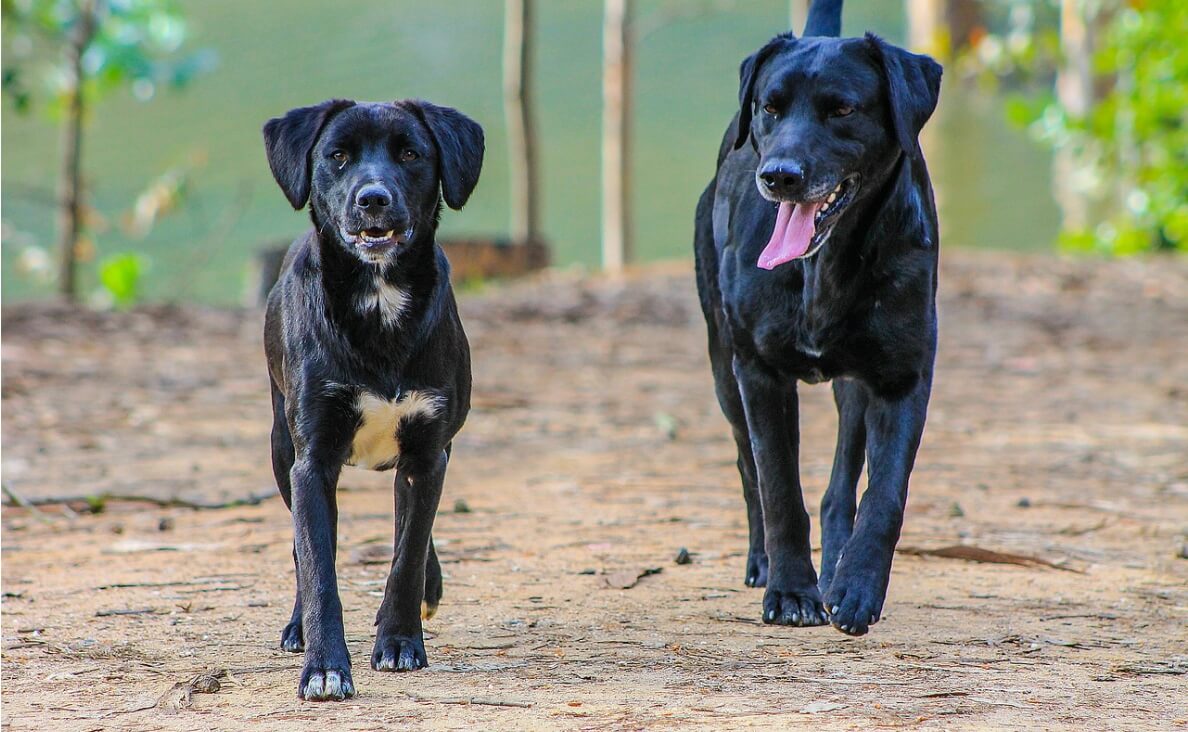
-
Establish a Routine
Consistency and routine can help dogs adjust to their new living situation. Establishing a routine after introducing two dogs is a crucial step in ensuring their long-term harmony and adjustment to living together. Dogs thrive on predictability and structure, so creating a consistent daily routine can help reduce stress and anxiety. This routine should include regular feeding times, potty breaks, exercise, and training sessions. By sticking to a schedule, both dogs can anticipate what comes next, reducing the potential for conflicts over resources or territory. Additionally, consistency in your interactions with each dog, including equal attention, affection, and playtime, helps prevent jealousy or competition for your affection. A well-structured routine not only contributes to a peaceful coexistence but also enhances the overall happiness and well-being of both dogs in their new shared environment.
Troubleshooting Common Issues
Sometimes, dogs may not get along right away. Here’s how to handle common problems:
-
Aggression
If aggressive behavior persists, consult a professional dog trainer or behaviorist. If aggression persists after introducing dogs, it’s essential to take immediate action to address the issue and ensure the safety of both animals. Firstly, consult with a professional dog trainer or a certified animal behaviorist who can assess the situation and provide expert guidance. They can help identify the root causes of the aggression and develop a customized behavior modification plan. In the meantime, keep the dogs separated to prevent further conflicts, using crates, baby gates, or separate living areas. Continue supervised interactions only when guided by a professional and, if necessary, consider desensitization and counter-conditioning techniques to change the dogs’ emotional responses to each other. Addressing persistent aggression requires patience and dedication, but with the right approach and professional assistance, it is often possible to mitigate the issues and work towards a more peaceful coexistence between the dogs.
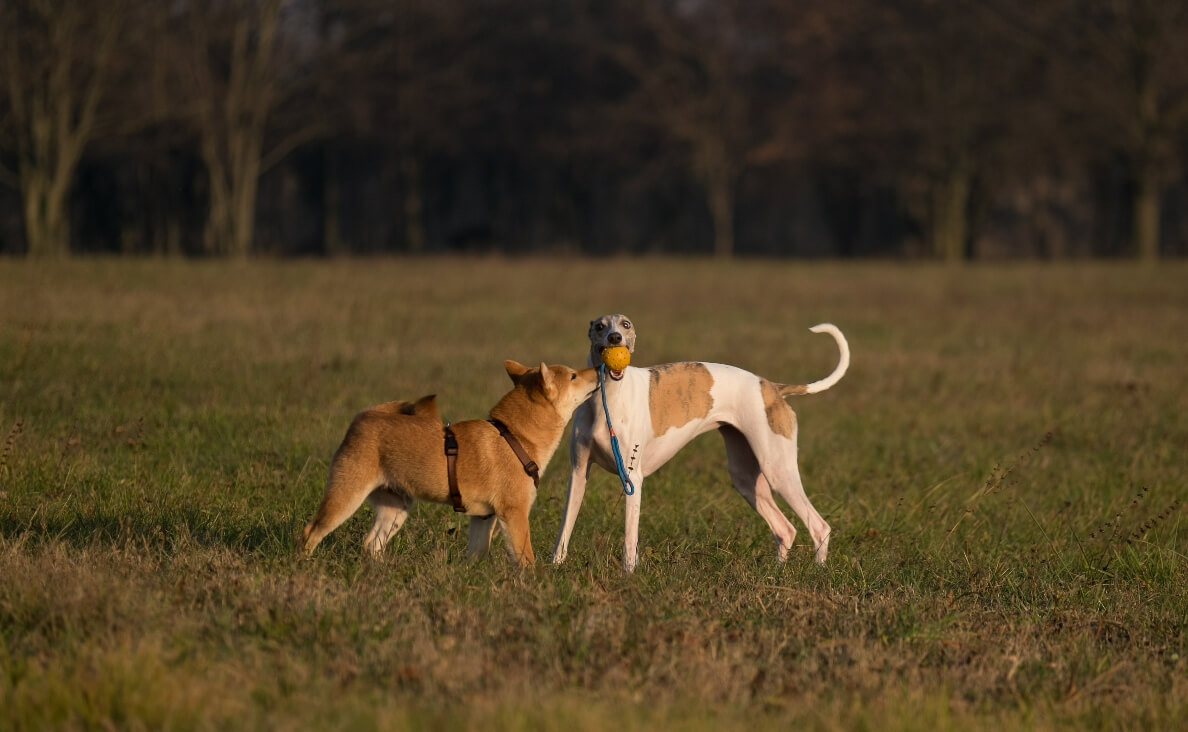
-
Fear or Anxiety
Slow down the introduction process and use positive reinforcement. After introducing them, ongoing fear and anxiety in one or both dogs can be a concerning issue that demands careful attention. Being patient and empathetic when dealing with fearful or anxious dogs is crucial. Gradually expose them to each other in a controlled and positive manner, using treats, praise, and toys to create positive associations. Seek guidance from a professional dog trainer or behaviorist specializing in fear and anxiety issues to develop a tailored desensitization and counter-conditioning plan. This plan can help the dogs build confidence and gradually reduce their fear and anxiety around each other. Additionally, consider using calming aids such as pheromone diffusers or supplements recommended by a veterinarian. It’s essential to prioritize the emotional well-being of the dogs and take the time necessary to help them feel safe and comfortable in each other’s presence.
-
Resource Guarding
Manage resources and gradually introduce shared items. Resource guarding between two dogs can be a challenging behavior to address after their introduction. Resource guarding occurs when a dog becomes possessive and defensive over certain items, such as food, toys, or even human attention. To manage and mitigate resource guarding, it’s crucial to establish clear rules and boundaries from the start. Supervise interactions during feeding times, separate their food bowls, and gradually work on training both dogs to wait their turn and share resources willingly. Seek professional guidance from a dog trainer or behaviorist who specializes in resource guarding issues. They can provide tailored strategies and exercises to modify this behavior and promote a more peaceful coexistence. Consistency, patience, and positive reinforcement are key when addressing resource guarding, ensuring that both dogs feel secure and respected in their shared environment.
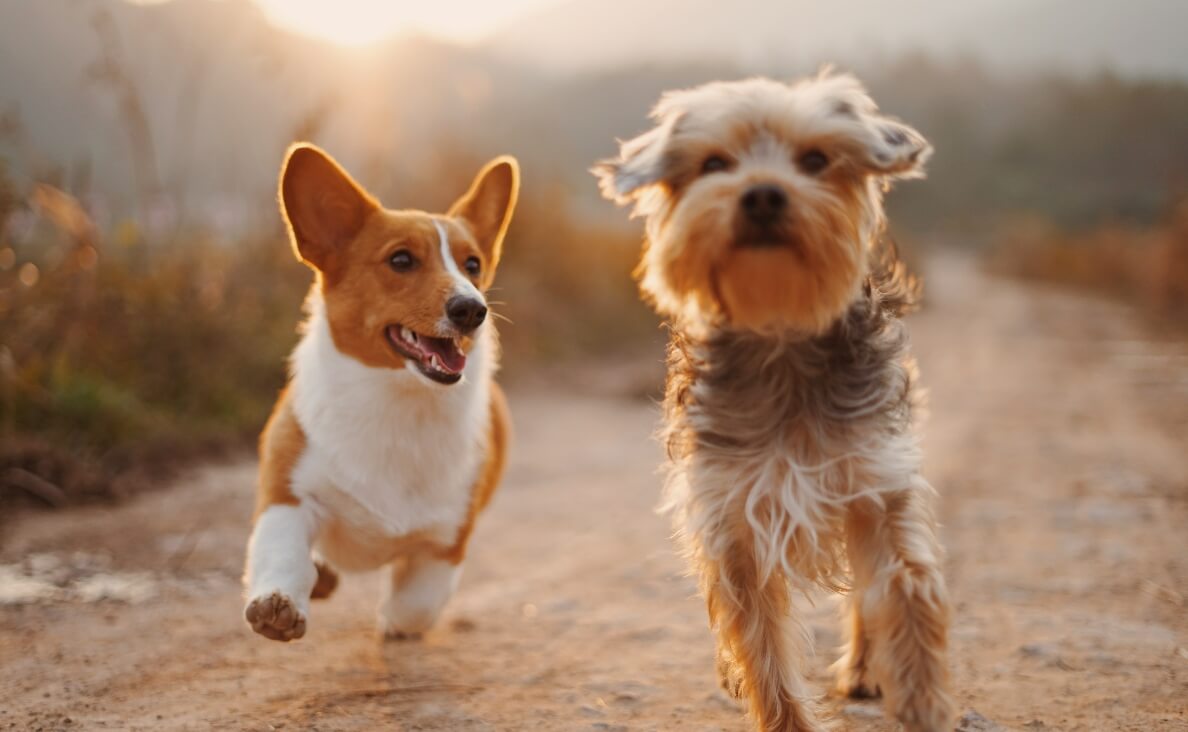
Long-Term Harmony
Maintaining a peaceful coexistence between dogs requires ongoing effort.
-
Regular Exercise
Keep both dogs physically and mentally stimulated. Regular exercise is a crucial component of maintaining a harmonious relationship between two dogs after their introduction. Physical activity not only helps dogs burn off excess energy but also provides mental stimulation, which can prevent boredom and reduce the likelihood of behavioral issues. Engaging in daily walks, playtime, and interactive games with both dogs strengthens their bond and fosters a sense of routine and predictability. Additionally, exercise can serve as a positive outlet for any pent-up tension or frustration, reducing the chances of conflicts between the dogs. Ensuring that both dogs receive adequate exercise and mental enrichment is essential for their overall well-being and can contribute significantly to a peaceful and happy coexistence in their shared home.
-
Positive Reinforcement
Continue to reward good behavior and reinforce training. Positive reinforcement is a powerful tool for introducing and maintaining two dogs’ harmony. By rewarding desirable behavior with treats, praise, or affection, you can encourage them to engage in positive interactions. Whether it’s sharing a toy, calmly coexisting in the same space, or responding to commands, reinforcing these behaviors positively helps create a culture of cooperation and understanding. Moreover, positive reinforcement can help alleviate any anxieties or fears one or both dogs may have about each other. By associating their interactions with positive outcomes, you can build their confidence and reinforce the idea that being together is a rewarding experience. Consistency in using positive reinforcement is key to nurturing a strong and healthy relationship between your canine companions.
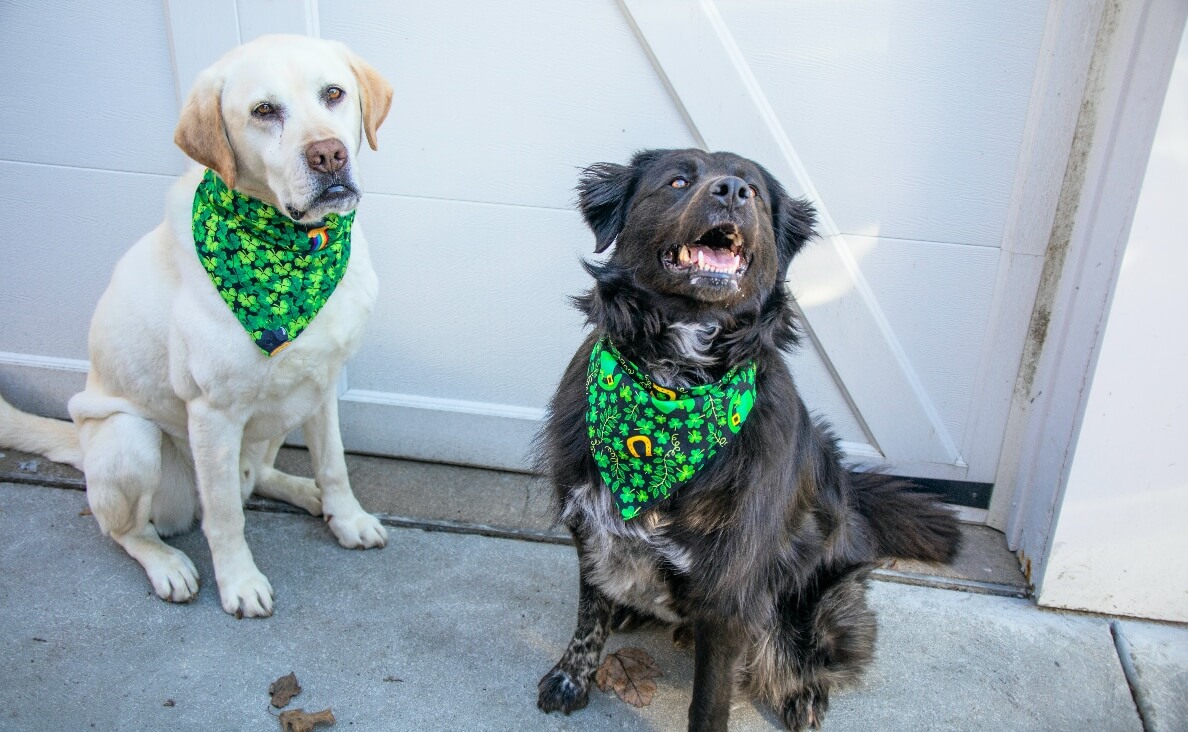
-
Regular Check-ups
Ensure your dogs are healthy and up-to-date on vaccinations. Regular check-ups are a vital part of ensuring both dogs’ ongoing health and well-being after their introduction. Schedule routine veterinary visits to monitor their physical health, update vaccinations, and promptly address potential medical issues. Regular check-ups also provide an opportunity to discuss behavioral concerns or changes in their behavior with your veterinarian. These discussions can help identify and address any stress-related issues arising from their interactions or living together. Additionally, your veterinarian can offer advice on maintaining optimal nutrition, which is crucial to your dogs’ overall health and behavior. Consistent check-ups are not only essential for your dogs’ physical health but also contribute to their emotional well-being, ensuring they are happy and comfortable in their shared environment.
Introducing dogs to each other is a delicate process that requires patience, understanding, and careful planning. By following the steps outlined in this guide and paying close attention to your dogs’ behavior, you can help them build positive relationships and create a harmonious living environment. Remember that each dog is unique, and the introduction process may vary, but with time and effort, most dogs can learn to coexist peacefully and even become the best of friends. So, go ahead, introduce dogs with confidence, and watch them forge lasting bonds.
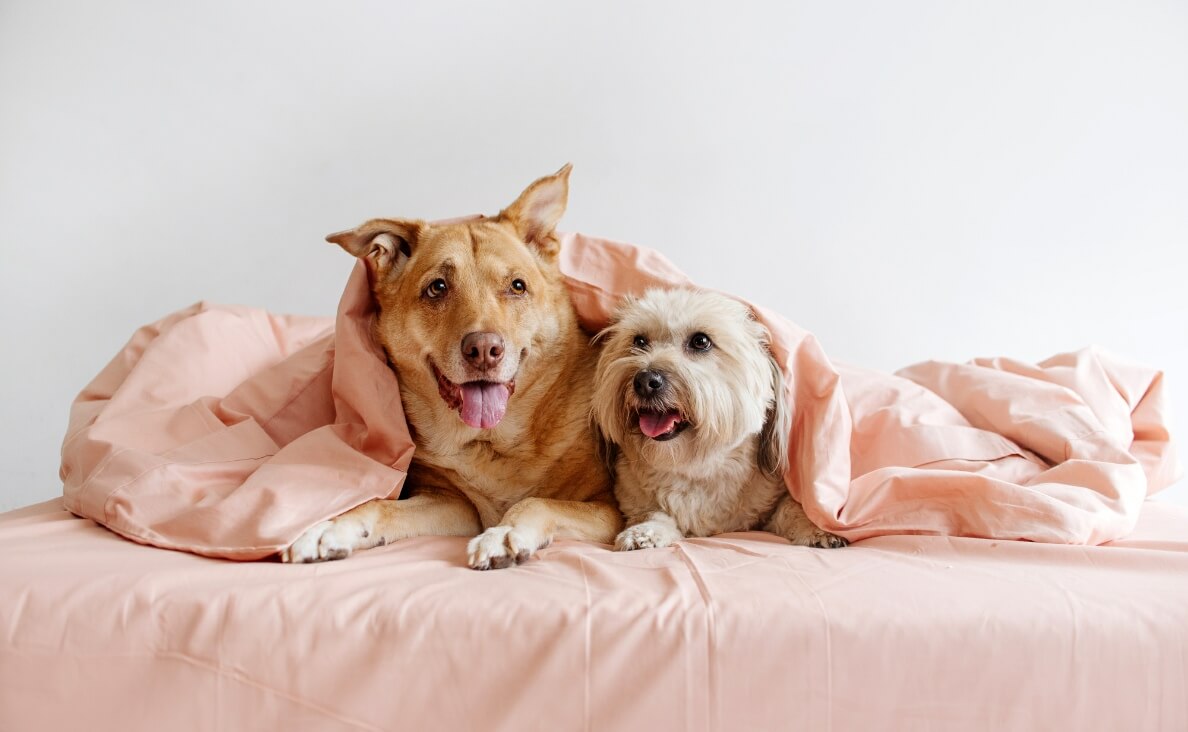
What has worked for you when introducing dogs? Please share your experience in the comments below…

 Have a Heart for Chained Dogs Week
Have a Heart for Chained Dogs Week 10 Tips to Stop Dog Aggression Towards Cats
10 Tips to Stop Dog Aggression Towards Cats 10 Surprising Reasons Your Dog Licks the Air
10 Surprising Reasons Your Dog Licks the Air 9 Reasons Why Dogs Howl
9 Reasons Why Dogs Howl Do Dogs Like Music?
Do Dogs Like Music?






Leave a Reply